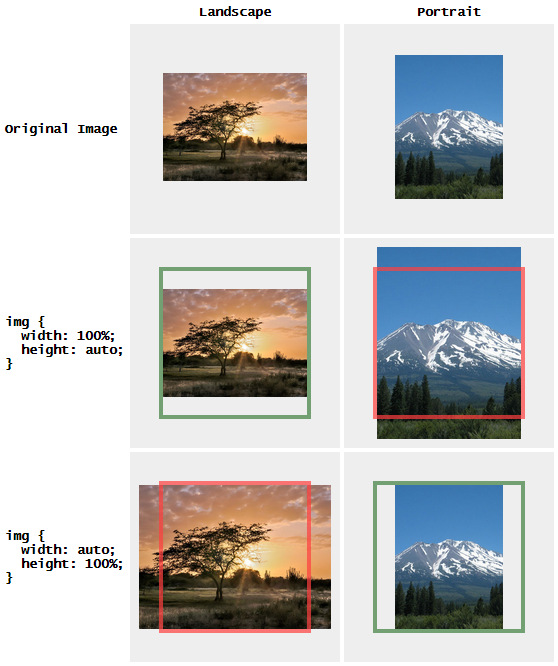


How CSS Interacts With Element Widths And Heights This increases load time by a noticeable amount. ( Large preview)Īs you can see, the impact is considerable - especially on lower-end devices and slow network speed, where images are coming in separately. With ImageMagick Im trying to resize an image down to 1260圆30 provided the image itself is larger than the given size (width OR height). Performance calculations with and without dimensions. The left-hand side shows the calculations when width and height are provided, and on the right when they are not. The below screenshot shows the performance calculations performed by Chrome on a site I work on which has a gallery of about 100 images. ( Large preview)Įven ignoring the annoying impact to the user in content jumping around (which you shouldn’t!), the impact on the CPU can also be quite substantial. convert rose: -set units PixelsPerInch -density 75 rose1.png convert rose1.png -density 300 -units PixelsPerInch rose2.jpg. Example - if you want to change a 75dpi image to the value 300dpi that way: Code: Select all. Then the render happens like below, where the appropriate amount of space is set aside for the image when it arrives, and there is no jarring shift of the text as the image is downloaded: Text should not shift if image dimensions are provided so appropriate space can be allocated. But setting the density AND unit can be a bit more problematic. rows: It specifies the height of the image. So, if we change above example to the following: Your title Syntax: bool Imagick::resizeImage ( int columns, int rows, int filter, float blur, bool bestfit false, bool legacy false ) Parameters: This function accepts six parameters as mentioned above and described below: columns: It specifies the width of the image. The traditional way to avoid this was to provide width and height attributes in the markup so even when the browser has just the HTML, it is still able to allocate the appropriate amount of space. On a complex page with a lot of images this can place a considerable load on the device at a time when it’s probably got a lot of better things to deal with! This also puts extra work on the browser to recalculate the page layout as each image arrives across the internet. Layout shifts are very disrupting to the user, especially if you have already started reading the article and suddenly you are thrown off by a jolt of movement, and you have to find your place again. With the above code, this would cause the main content to jump down after the image is downloaded and the space needed to display it can be calculated: Layout shift after image loads. This might render in two stages, first as the HTML is downloaded, and then second once the image is downloaded.

#Set the width and height of the image with imagemagic how to#
See Command Line Processing for advice on how to structure your animate command or see below for example usages of the command. Lorem ipsum dolor sit amet, consectetur adipiscing elit… Use the animate program to animate an image sequence on any X server. Take for example this simple page: Your title Why Adding Width And Height Were Good Advice


 0 kommentar(er)
0 kommentar(er)
